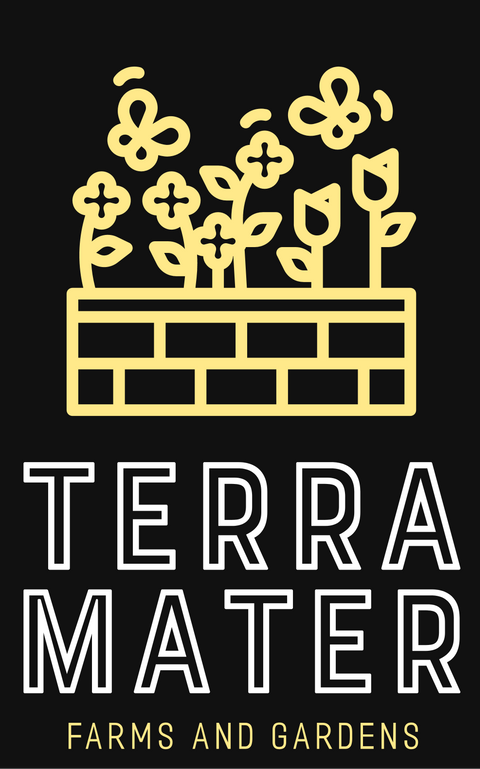Pearled Farro, Emmer Wheat Seeds – Organic, Heirloom (Triticum dicoccum) Nutritious heirloom grain for soups & salads. Grows in poor soil and adds rustic, old-world flavor to dishes
Minimum: 50+ Seeds
Bring the Old World to Your Soil with Ancient Farro Flavor
If you’ve ever tasted a hearty spoonful of farro in a rustic Italian soup or Mediterranean salad, you already know: this isn’t just another grain. It’s texture, tradition, and taste, wrapped in one golden, nutrient-dense kernel. With these organic heirloom Emmer wheat seeds, you’re not just growing a crop. You’re reviving a culinary legacy.
Chefs love farro for its toothsome bite and nutty, earthy flavor. Gardeners prize it for its resilience and soil-building roots. Seed collectors know its history goes back over 10,000 years to the Fertile Crescent. And now, it’s yours to plant.
A Sturdy, Soulful Grain That Grows Where Others Fail
Emmer wheat, known today as farro (Triticum dicoccum), thrives in poor or depleted soils where modern wheat falters. Its tall, waving stalks grow up to 4 feet, producing long, bearded heads filled with dense, pearled grains.
-
Flavor: Rich, slightly sweet, nutty. Holds its texture after cooking.
-
Growth: Cool-season hardy grain. Plant in early spring or late fall.
-
Height: 3.5–4 feet. Strong stems resist lodging.
-
Soil: Adaptable. Tolerates low fertility, ideal for organic or regenerative systems.
-
Harvest: 90–120 days. Cut when stalks begin to golden and heads are firm.
This isn’t just for bulk growing, it’s beautiful too. Farro fields catch golden light and hum with pollinators. Birds and small wildlife nibble the grain, making it a permaculture-friendly forage plant. And because it’s self-supporting and low-input, it makes an excellent rotational crop for homesteaders seeking sustainable soil stewardship.
Culinary Uses That Go Beyond the Basics
Whether you harvest and thresh your own or grow it for local chefs, Emmer is worth every kernel. Use it:
-
In soups and stews to add chewy body
-
As a grain salad base with herbs, roasted veggies, or citrus vinaigrettes
-
In artisan breads, flatbreads, and porridge
-
Or even sprouted for ancient-style wheatgrass or malt
Cooked farro holds flavor like a sponge, absorbing broths, spice blends, or the smokiness of a clay oven. It’s also higher in protein and fiber than most modern wheats, making it a favorite for health conscious bakers and slow food enthusiasts.
Rooted in Time, Resilient for Today
Used by ancient Egyptians and early European farmers, Emmer was once the staple grain of empires. It fell out of commercial favor only because it requires more handwork to process, but today’s home growers, chefs, and bakers know better: what it offers in flavor and resilience far outweighs the effort.
This is a seed for people who care where their food comes from. For those who want to bake like their great-grandparents did. And for growers tired of treating their land like a machine instead of a living system.
Growing Tips from the Field
You don’t need modern machinery or deep expertise to grow farro successfully, just good soil contact and patience.
-
When to plant: Early spring or late fall. Cold-hardy down to Zone 6.
-
Spacing: 1–2 inches between seeds, 6–8 inches between rows.
-
Soil: No amendments needed, but loose, well-drained soil helps with root spread.
-
Water: Drought-tolerant once established. Avoid overwatering.
-
Harvest: When seed heads dry and bend slightly downward. Allow to cure before threshing.
For home-scale growers, a simple hand-harvest and sun-drying method works beautifully. After threshing, store in a dry, cool place. Pearling (removing hulls) can be done with small-scale tools or a grain mill attachment if you plan to cook directly.
A Bowl of Warm Heritage, Right from Your Backyard
Imagine spooning into a steaming farro risotto on a crisp fall night, made with grain you sowed yourself. Or gifting a jar of your harvest to a chef friend, who lights up with excitement. Growing farro isn't just about food, it's about reconnection. To tradition, to soil, to slowness, and to self-sufficiency.
Stock is limited each season as this is a true heirloom with low commercial availability. Secure your seeds now and bring this ancient grain into your modern kitchen and garden.






